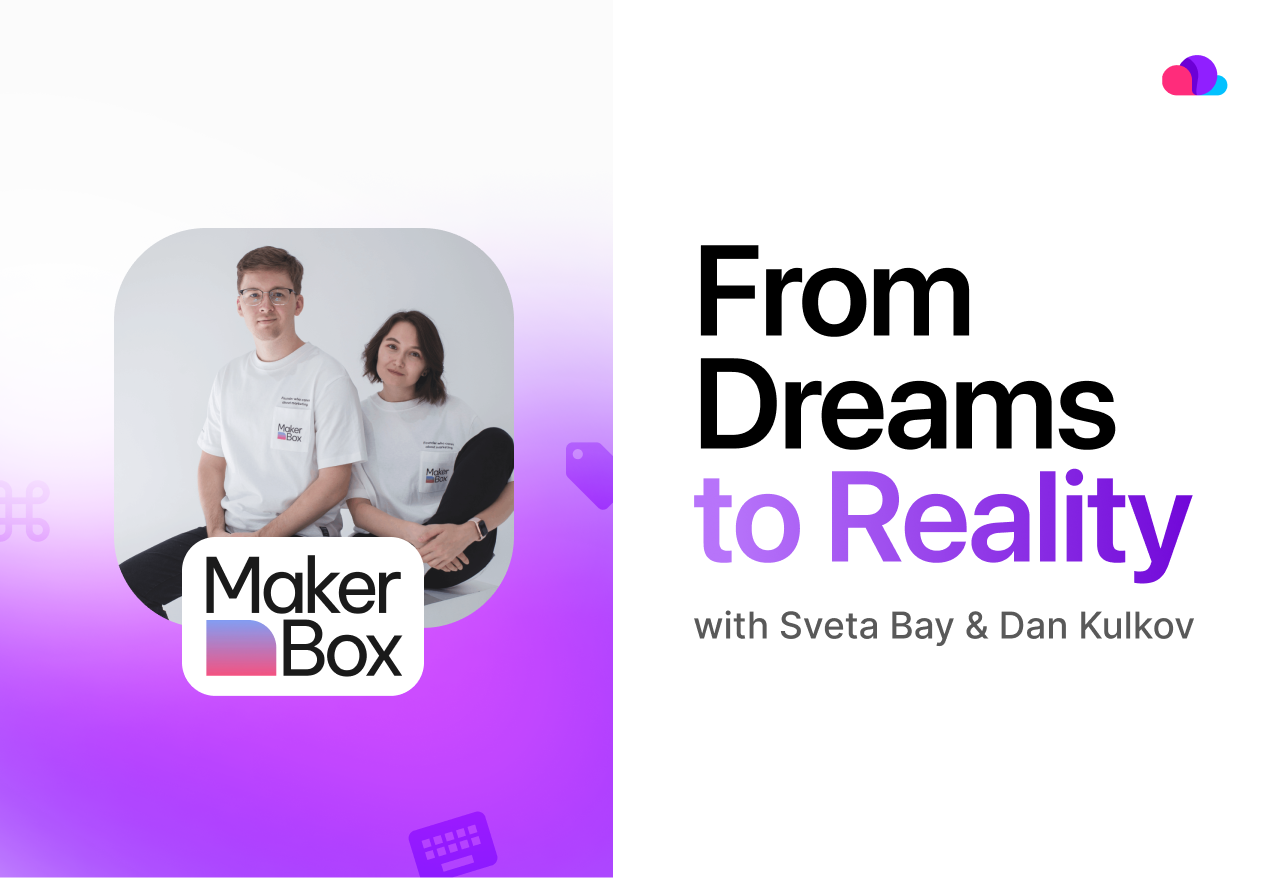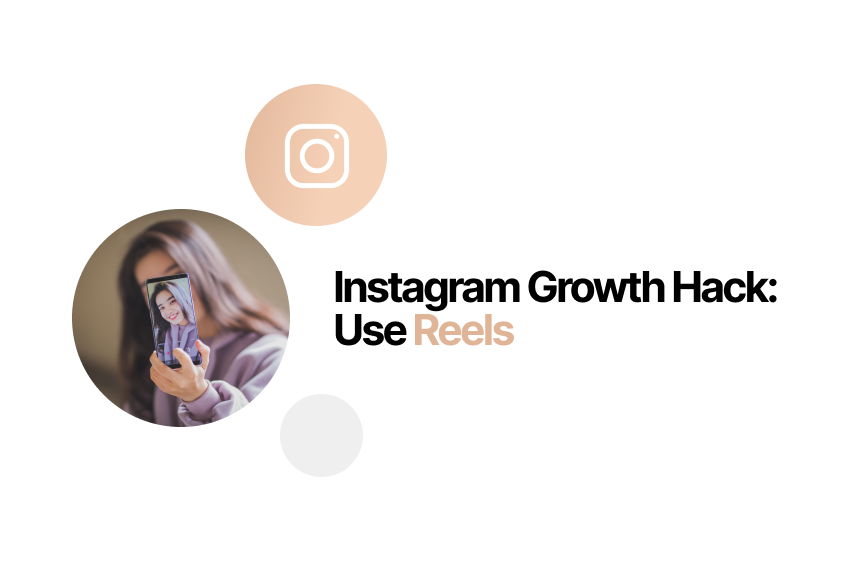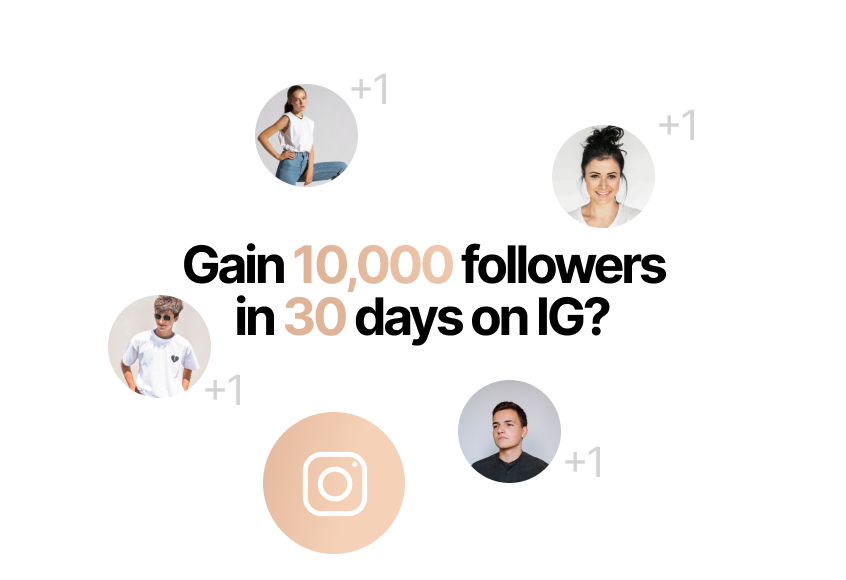How To Start A User-Driven Approach To Software Development In A Startup Environment
2023-01-09
Being a technical founder has its own challenges. One of the biggest challenges is prioritizing what to work on. Never ending features, improvements, & bugs to work on but it seems like there’s not enough time & resources. 🤦♀️ Check out how one of our founders, Putri Karunia, deals with it.
See More Posts
We're a remote software company, building online tools for creators, builders, and side hustlers. We quit our 9-5 to pursue our dreams, and we want to help others do the same.
Backed by
Copyright © 2023 Govest, Inc. All rights reserved.



